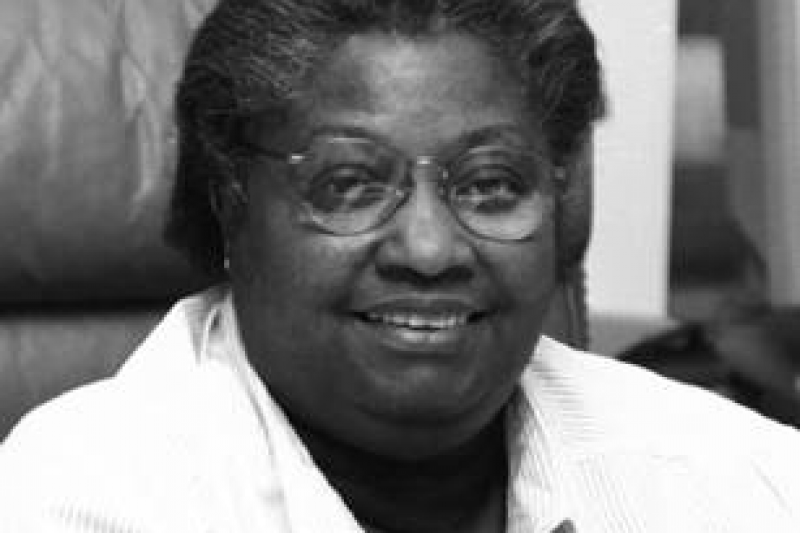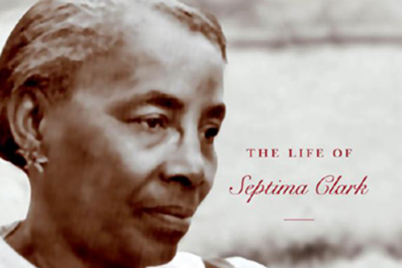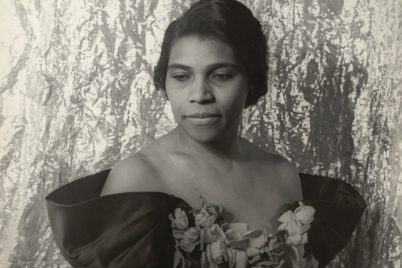Dr. Alexa Irene Canady is a retired American medial doctor specializing in pediatric neurosurgery.
BY KEISHA BELL | Visionary Brief
If you can dream it, can you achieve it? It is nice to think that you can. Applause awaits when you do, but what happens to you during the pursuit?
Meet Dr. Alexa Irene Canady, a woman who is now retired but who became the first black person to become a neurosurgeon in 1981. In 1984, Canady also became the first African-American woman who was board-certified in neurosurgery. She was born on Nov. 7, 1951, in Lansing, Mich.
Canady’s parents instilled in her the importance of education and hard work. Throughout her schooling, she faced prejudice, but her commitment to education and her parents’ instruction motivated her to persevere.
Reportedly, one of her teachers regularly switched her test scores with a white student’s scores to cover up her intelligence. The effects of that could have had devastating life-long injury.
Although she graduated with honors from high school, her experience there was not easy. Canady and her brother were the only two African-American students at their school.
In 1967, Canady was nominated as a National Achievement Scholar. In 1971, she earned a Bachelor of Science degree in Zoology from the University of Michigan. At one point, she almost dropped out due to what was labeled as a “crisis of confidence.” Around that time, she decided to pursue medicine after learning about a minority scholarship.
While in medical school, Canady continued to face challenges. She believed that she, as well as other female students, were frequently being dismissed by professors. Early life experiences prepared her, however, to push on.
Advisors recommended that Canady not specialize in neurology, but this did not deter her. Her mind was set. In 1975, she earned a Doctor of Medicine degree with cum laude honors from the University of Michigan. Because she loved children, Canady specialized in pediatric neurosurgery and became chief of neurosurgery at the Children’s Hospital in Michigan from 1987 until her partial retirement in 2001.
Even though Canady graduated from medical school with high honors, it was still difficult for her to gain a residency. She overcame that obstacle by heavily building her résumé, reading countless articles and attending every conference and seminar she could. She needed to go above and beyond to have a chance.
From 1975 through 1976, Canady landed a surgical intern at the Yale-New Haven Hospital. There, she faced prejudice and discriminative comments as she was both the first black and female intern in the program.
Despite of this, Canady was voted one of the top residents by her fellow physicians. Afterwards, Canady became the first female African-American neurosurgery resident in the United States when she went to the University of Minnesota for her residency.
In addition, research she did with Wayne State University led to the development of an antisiphon shunt that helps to treat hydrocephalus.
It was when Canady retired that she realized the significance of her accomplishments, not only for herself but for those coming after her – particularly other women and African Americans in medicine.

Keisha Bell
It is easy for us to only applaud her accomplishments. It is essential, however, to also pay homage to her for overcoming the obstacles placed in her way in her pursuit of achievement. It is those “behind the scenes” successes that many times go undocumented. Those are the ones that make it a little easier for those coming next.
Let us not forget that on the road to making history, she is still worried.
Keisha Bell is an attorney, author, and public servant.








